The only original lime plaster to be removed from the walls is unsound or cracked plaster, which is replaced with lime mortar. Damaging cement mortar which lines some of the hallway walls may also be removed to an extent, depending on how fragile the internal brick walls are.
Patching of damaged plaster began in the hall with regular lime mortar:
The fireplace in the kitchen-to-be has been bricked up and since been plastered also. Note the large amount of modern gypsum plaster in this room:
Front room:
The all-important archway joining the front room and kitchen:
I also scrapped 144kg of lead, which was made up of the pipework in the old bathroom and the pipework leading from the back-boiler in the fireplace downstairs yo the hot water tank. The copper tank itself was also scrapped, netting a total of €132. Certainly worth holding on to!
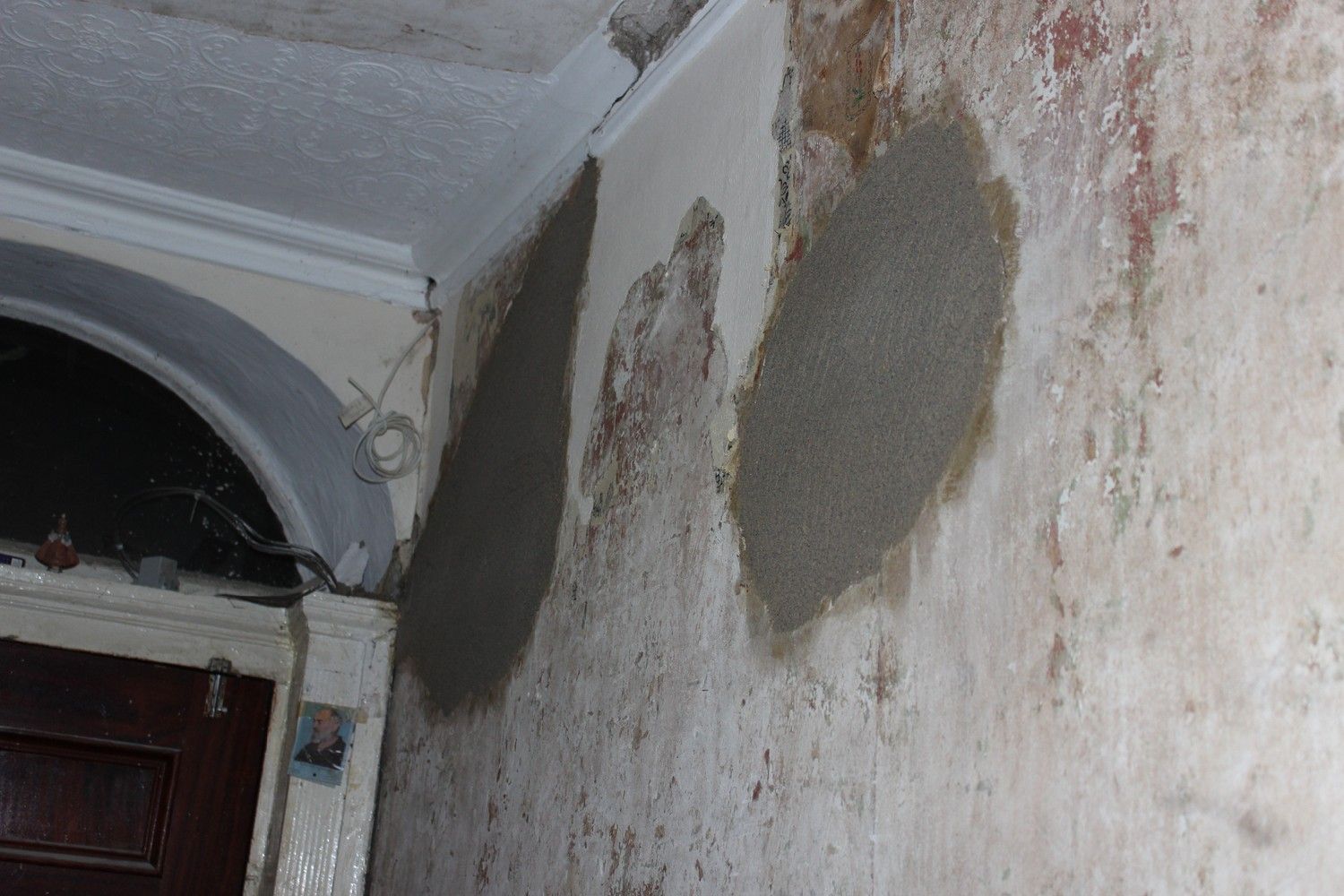
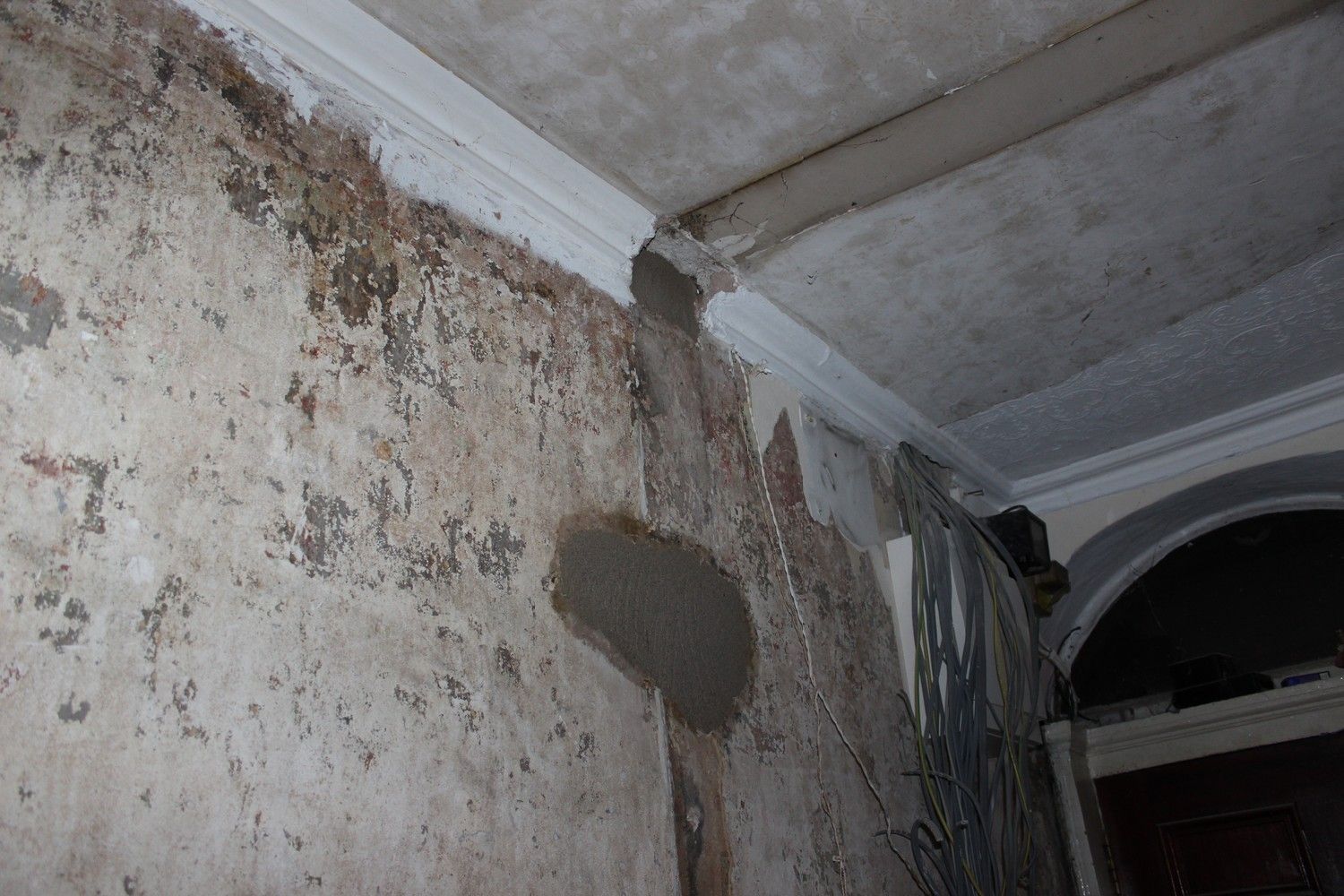
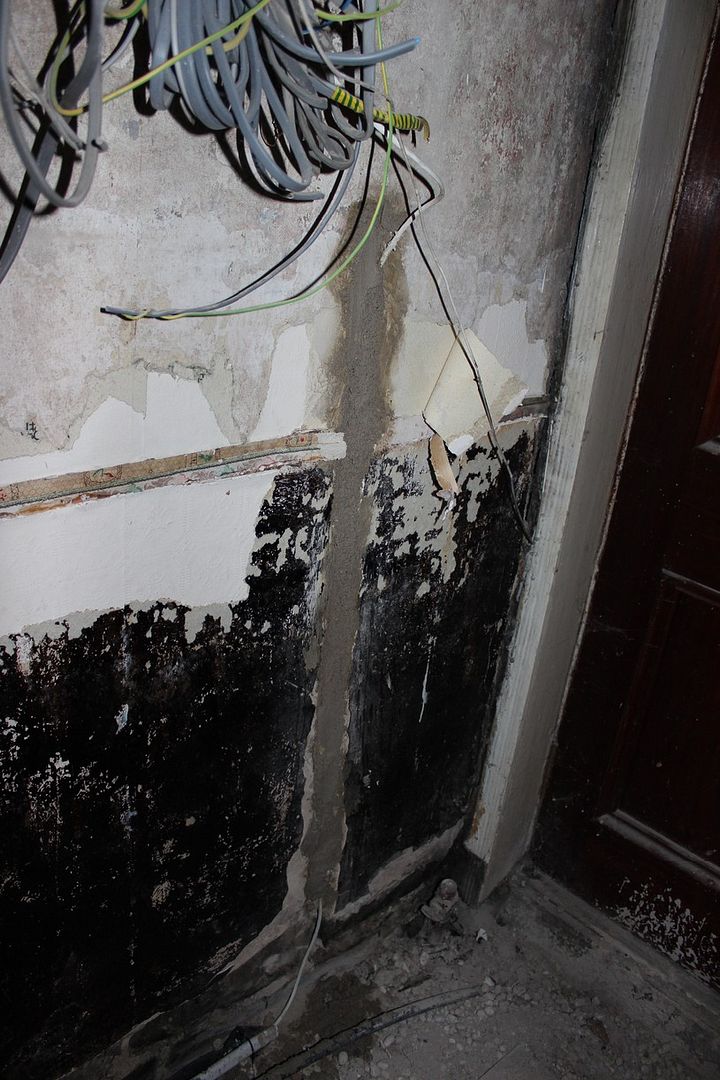
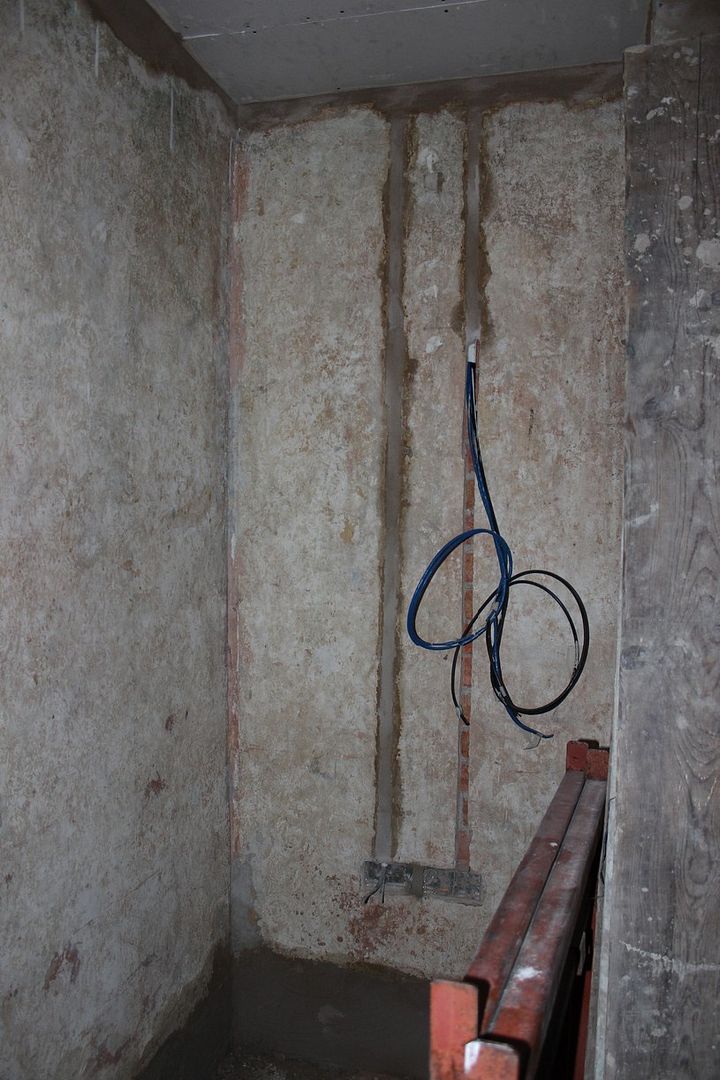
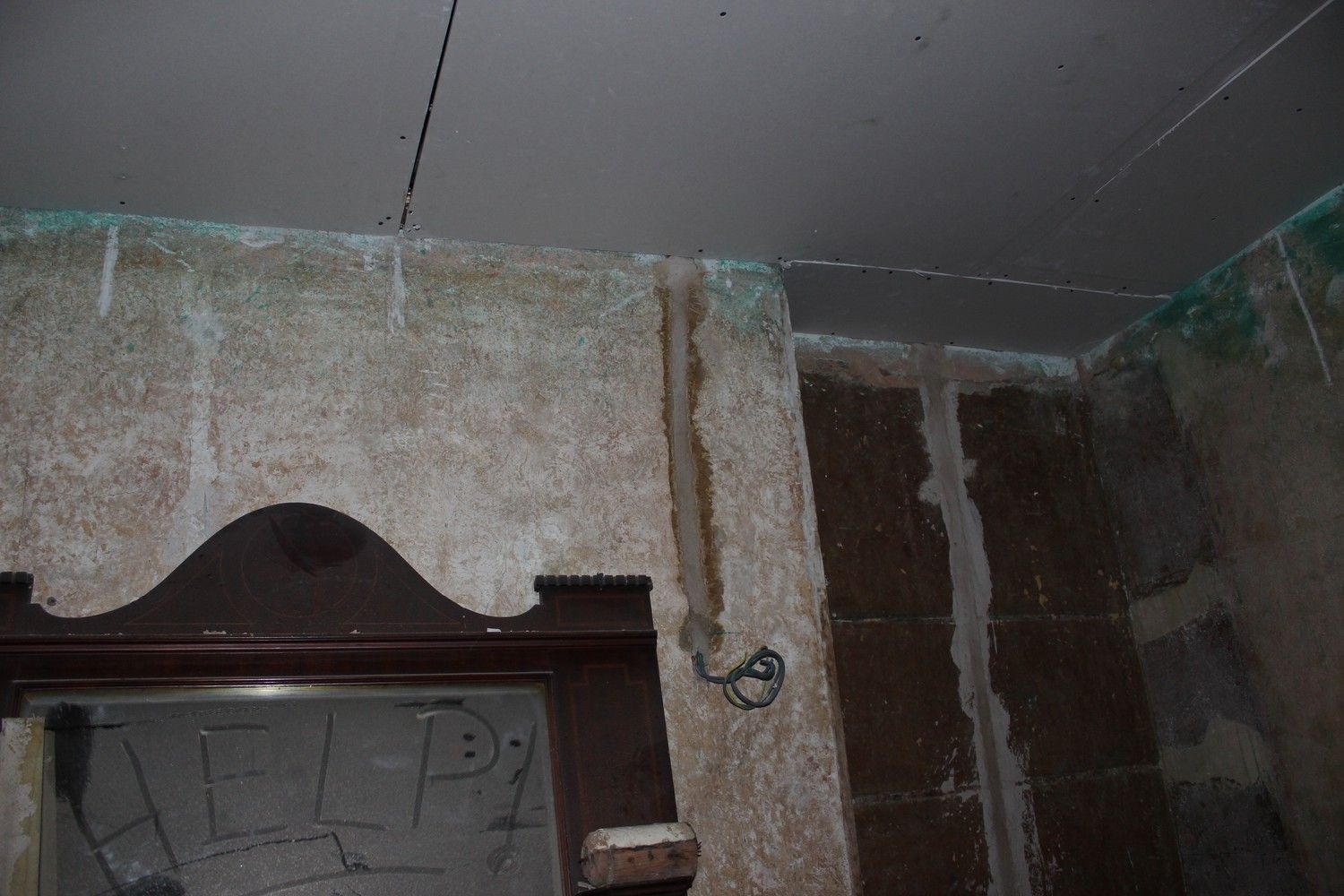
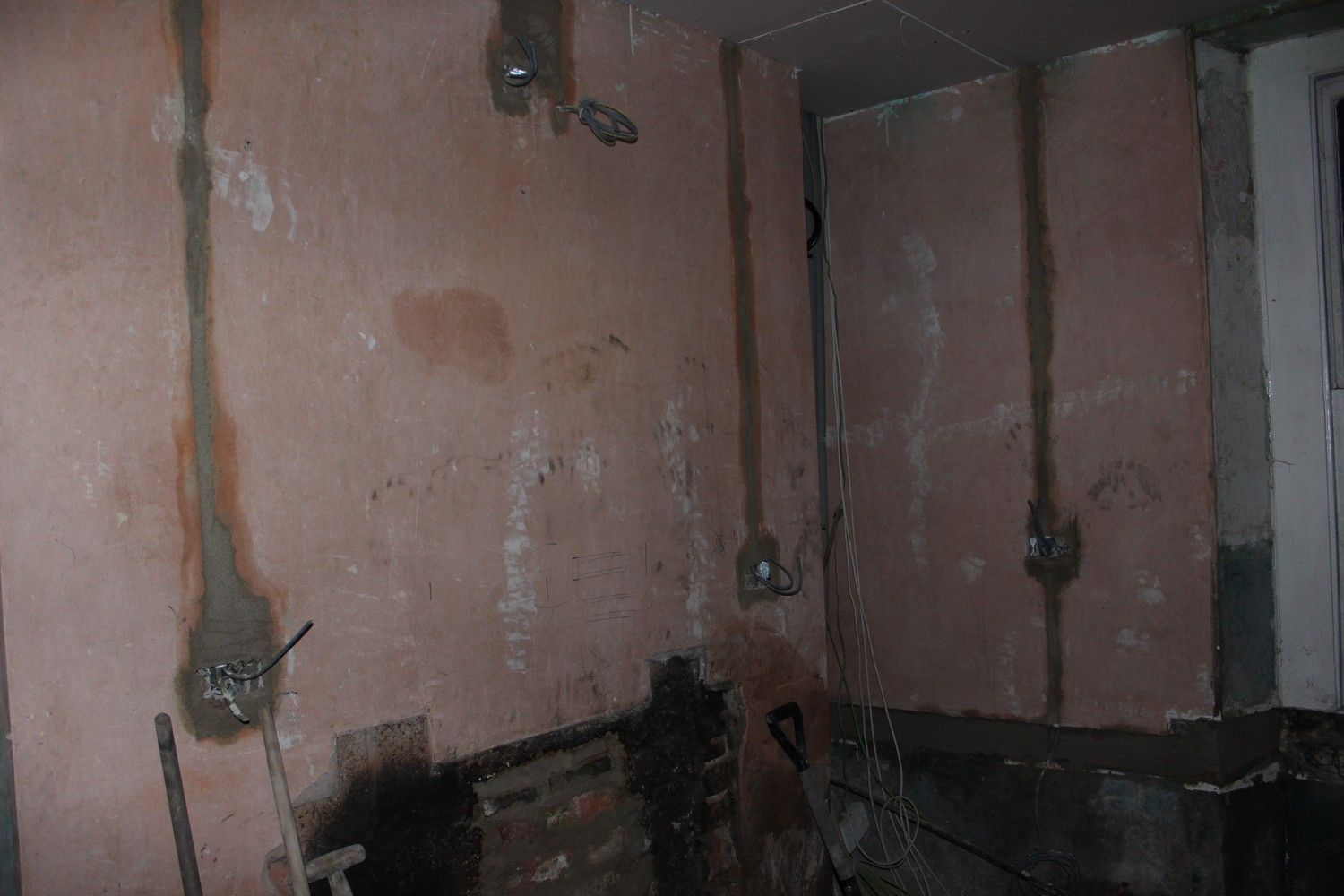

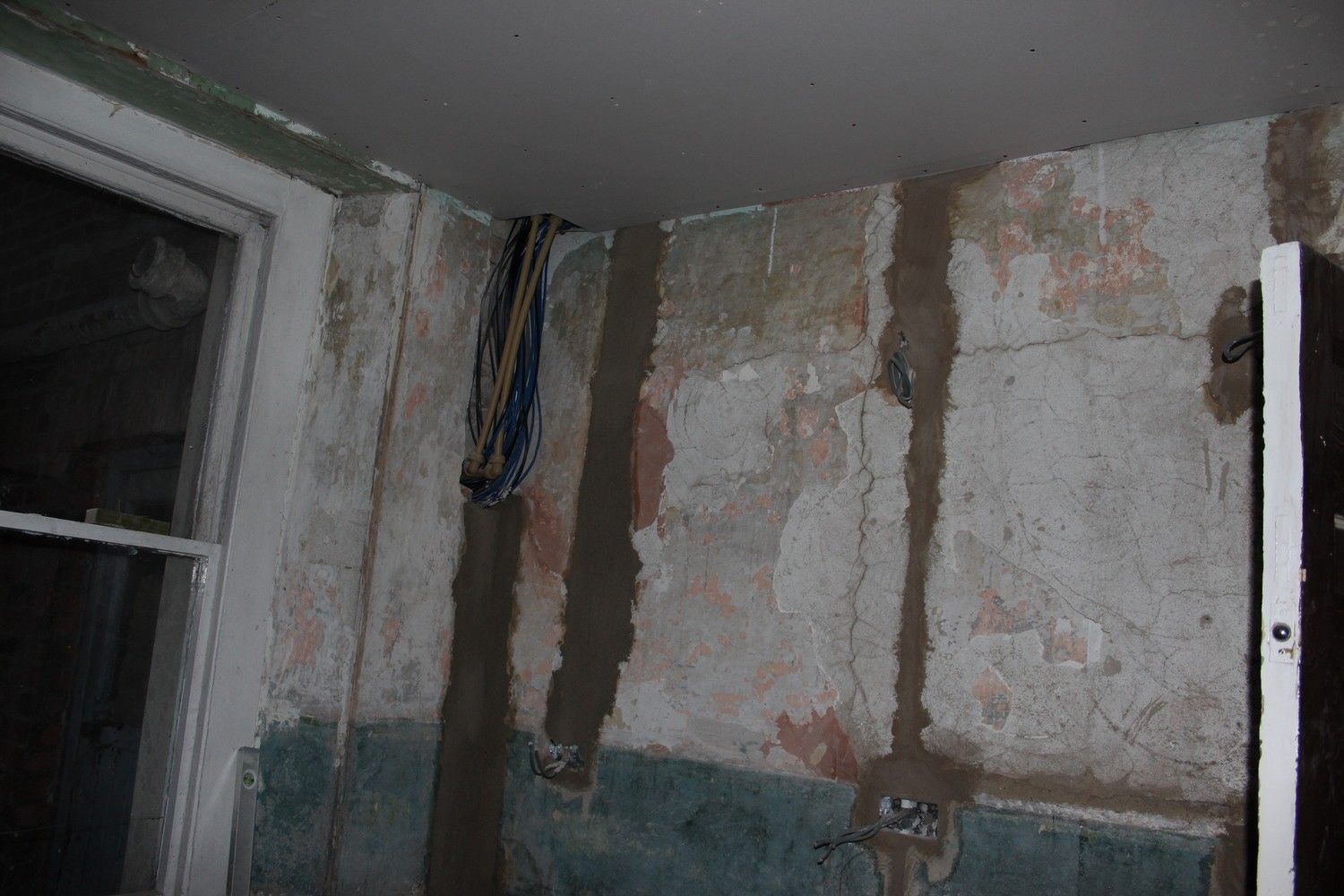
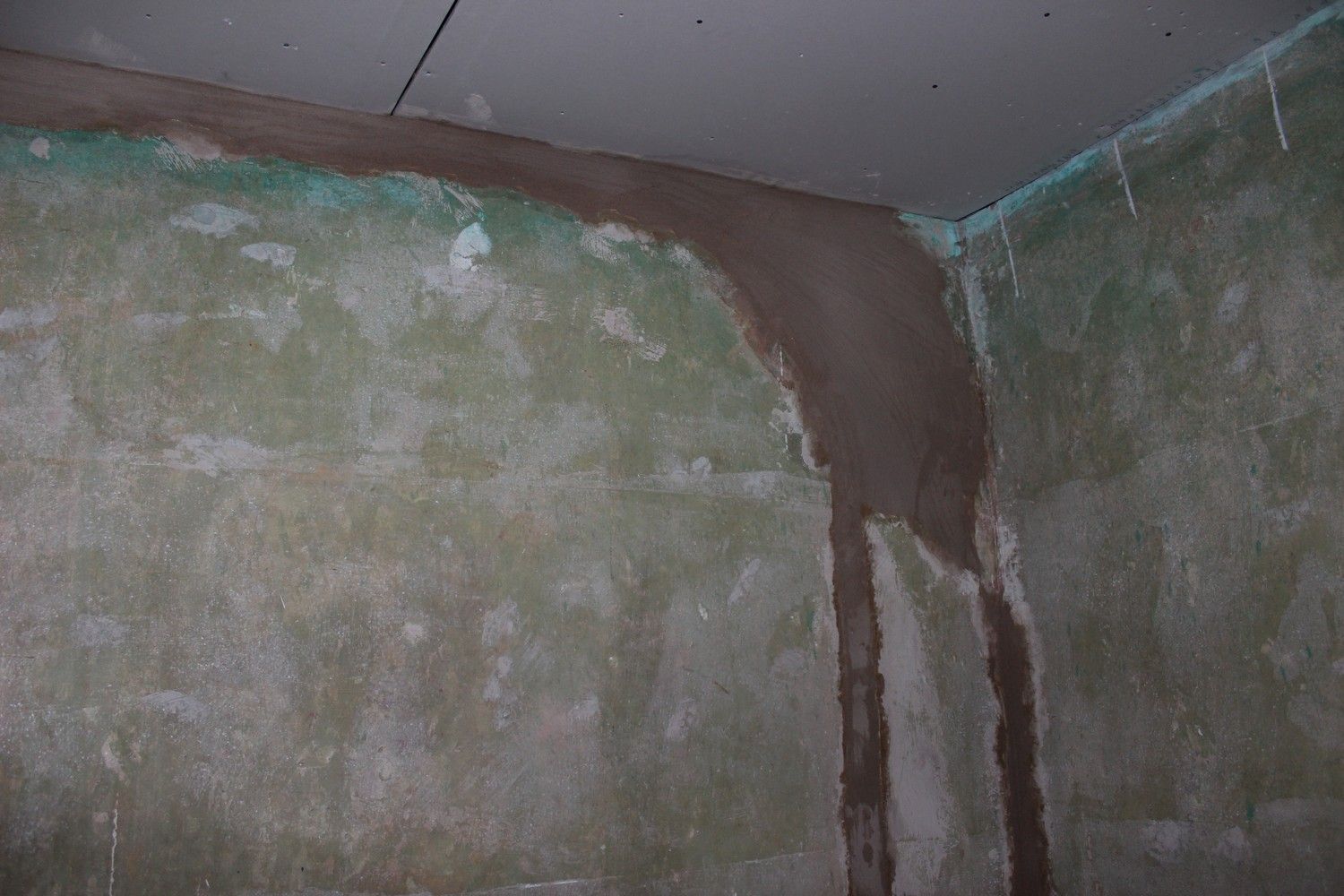
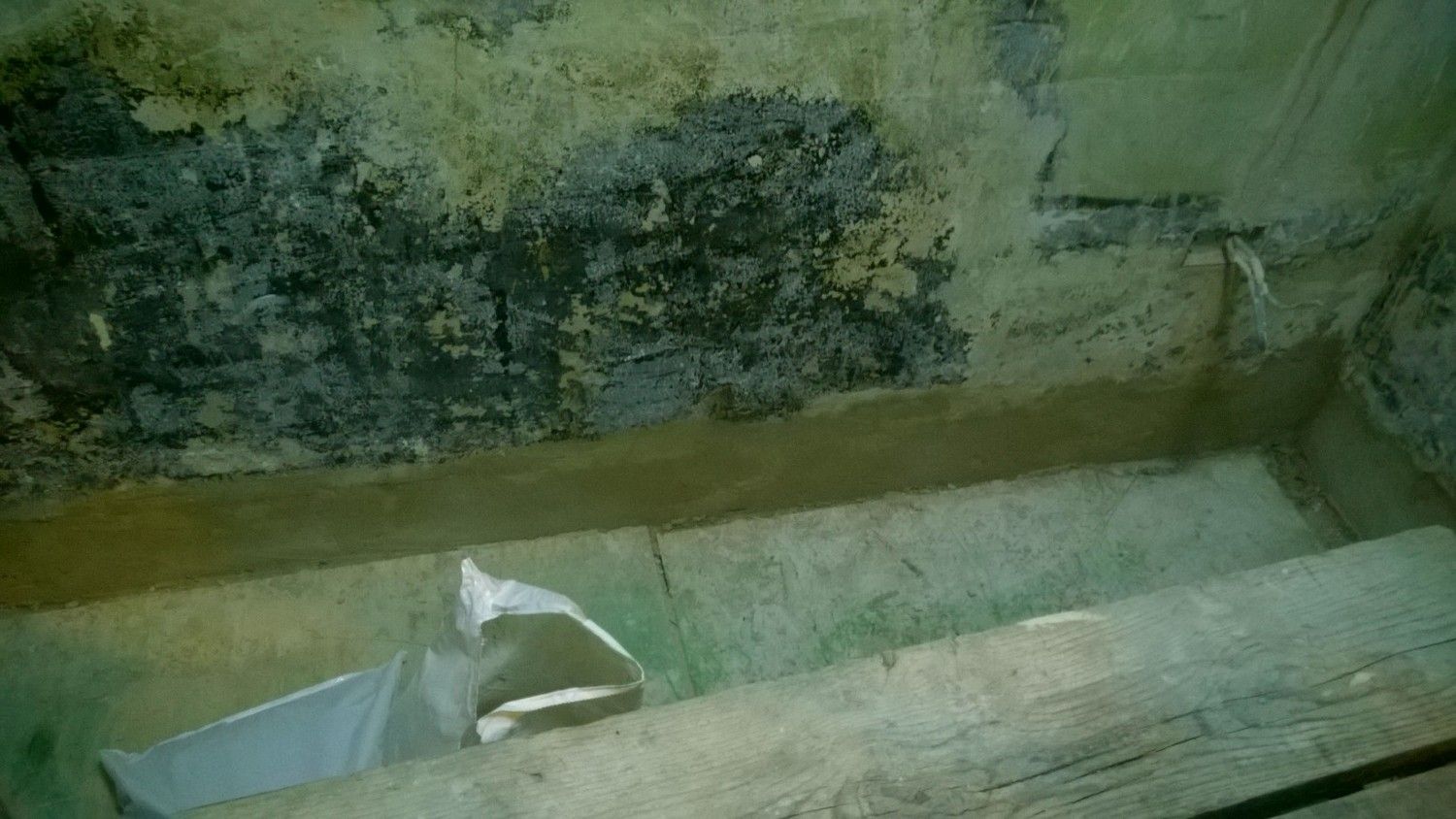
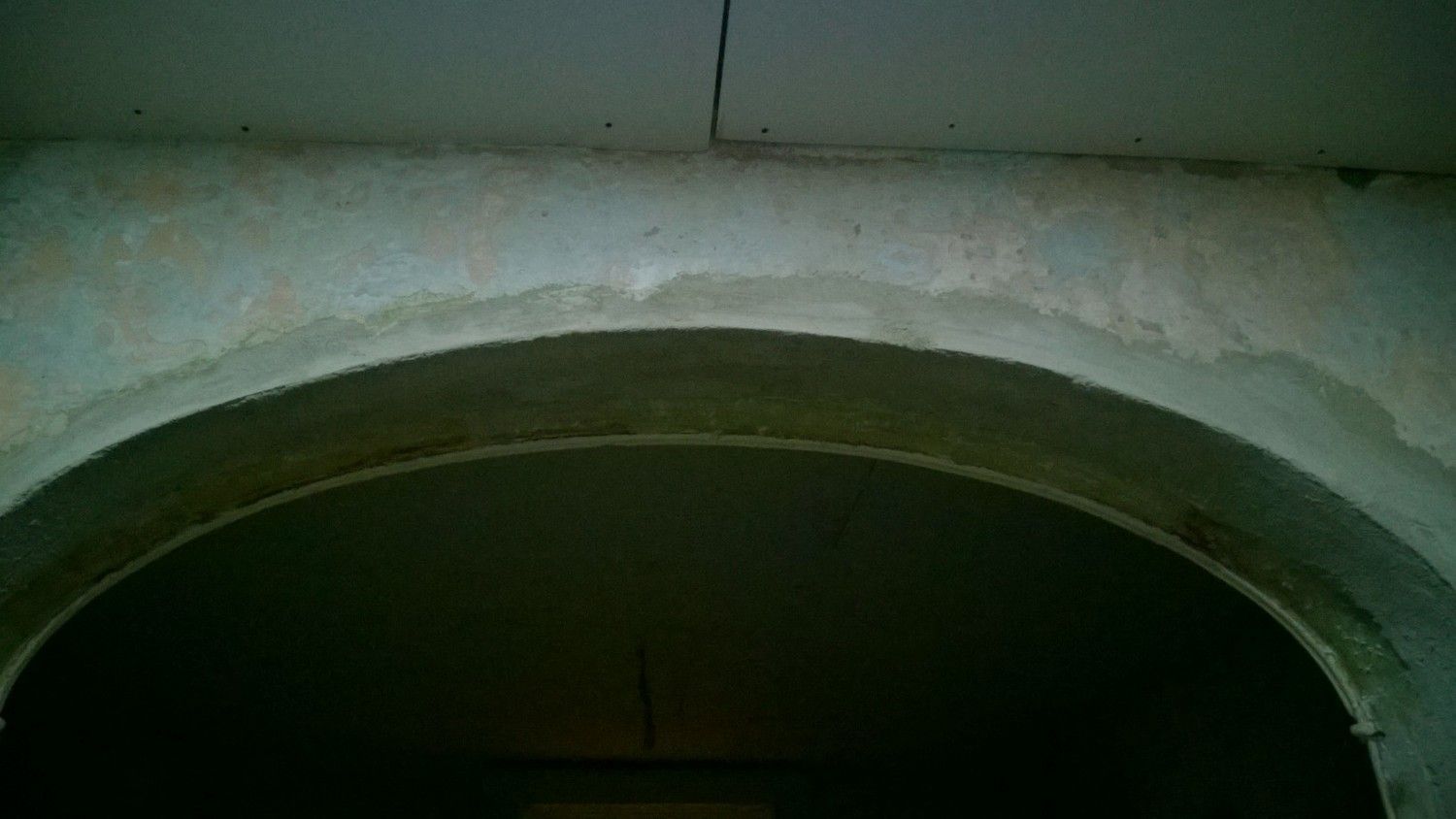
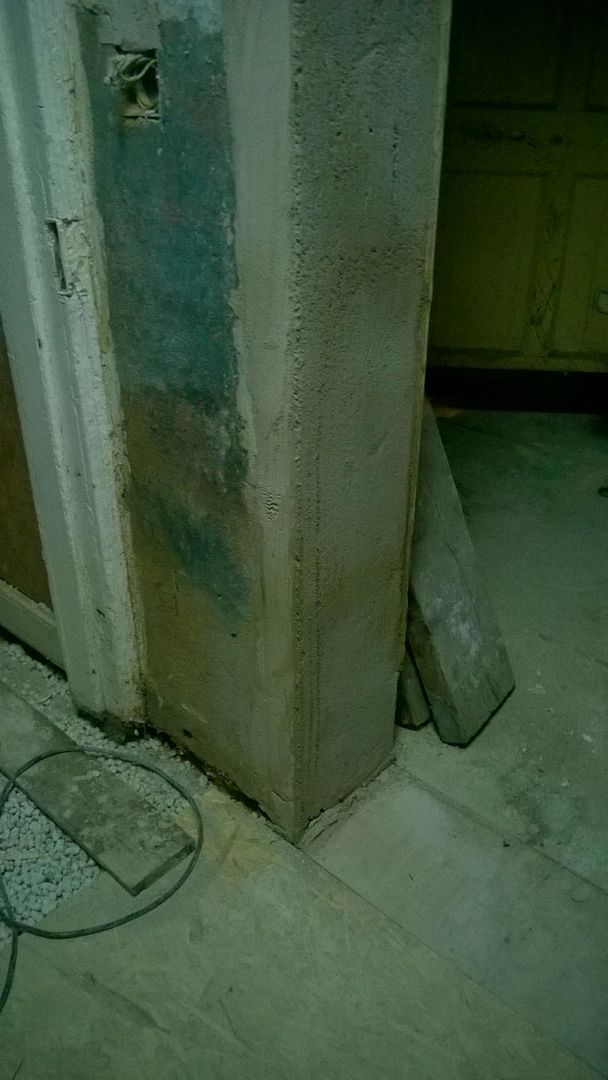
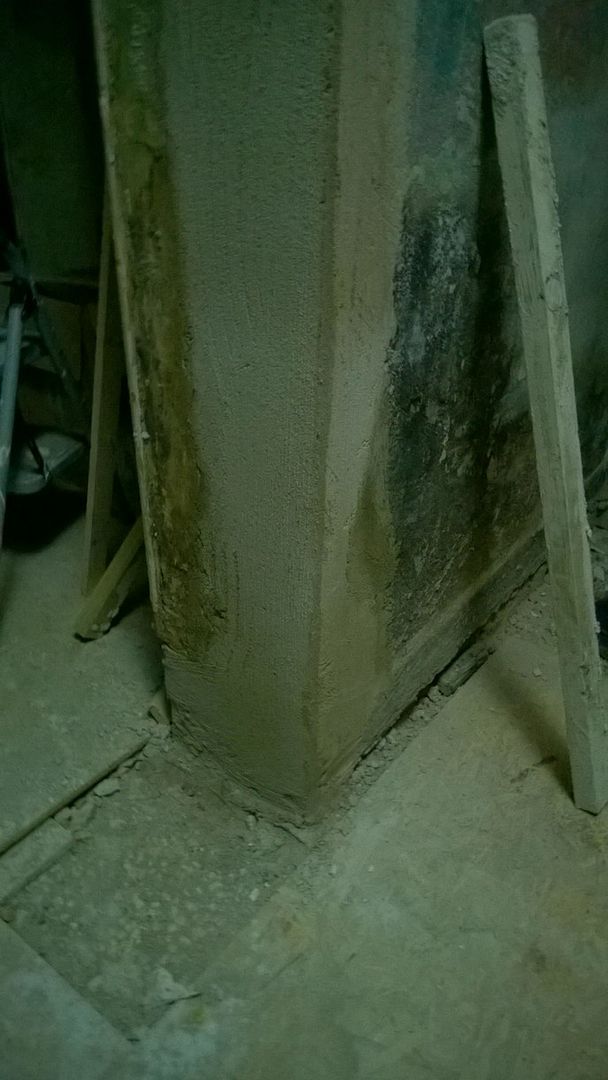
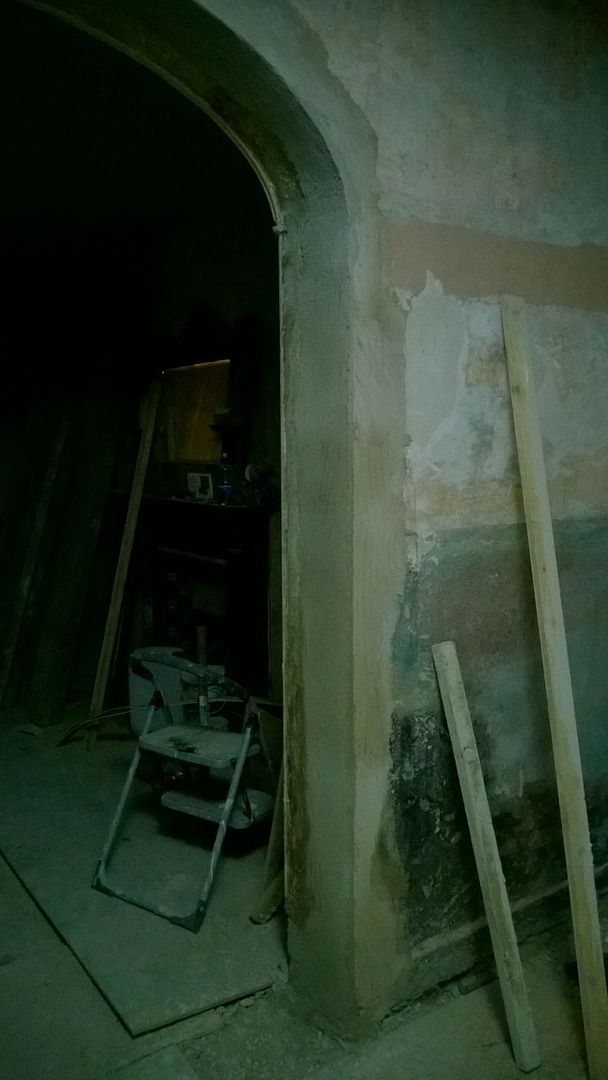
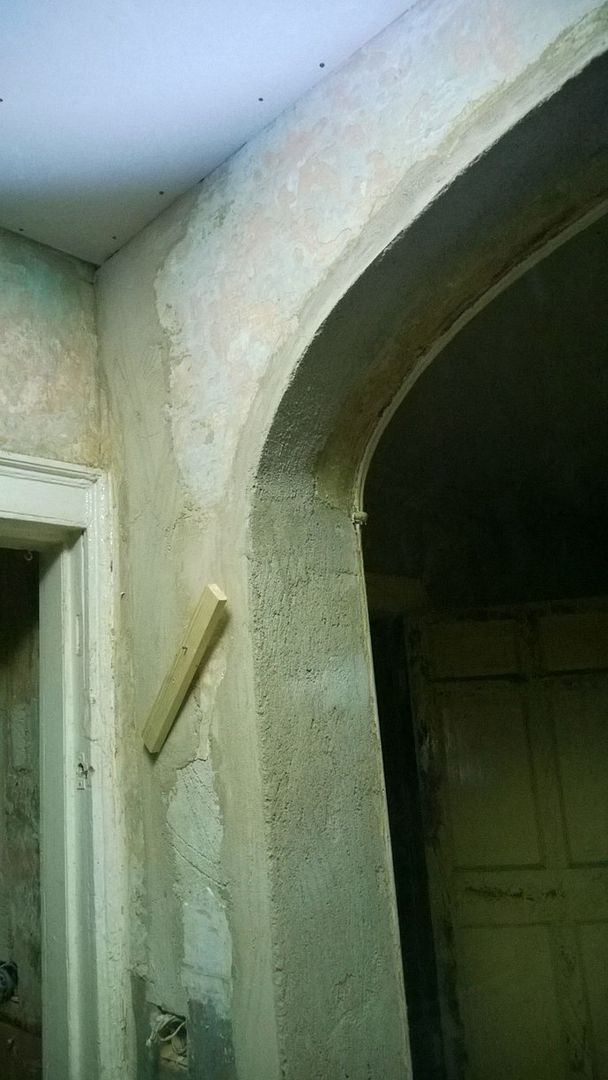
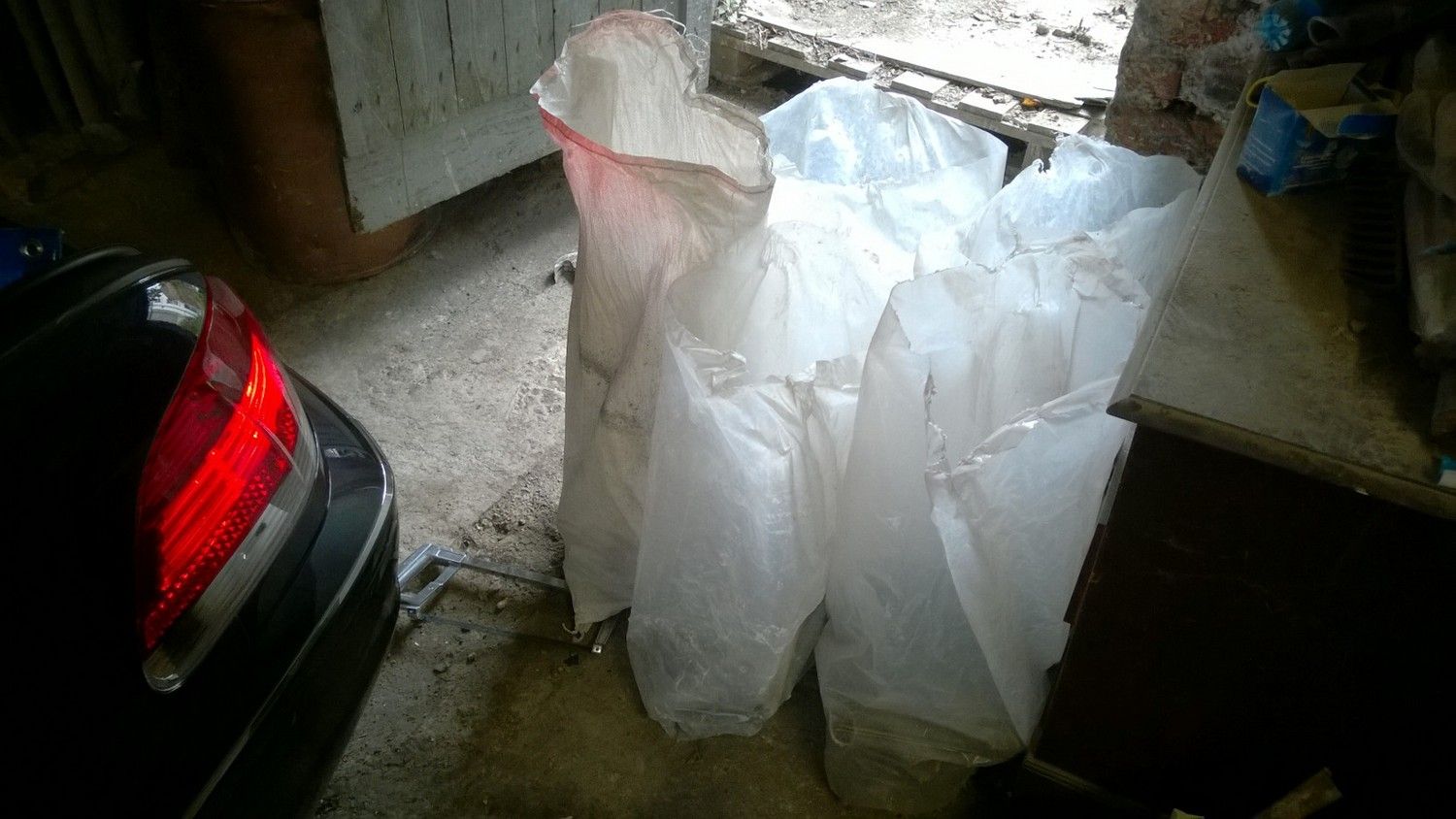
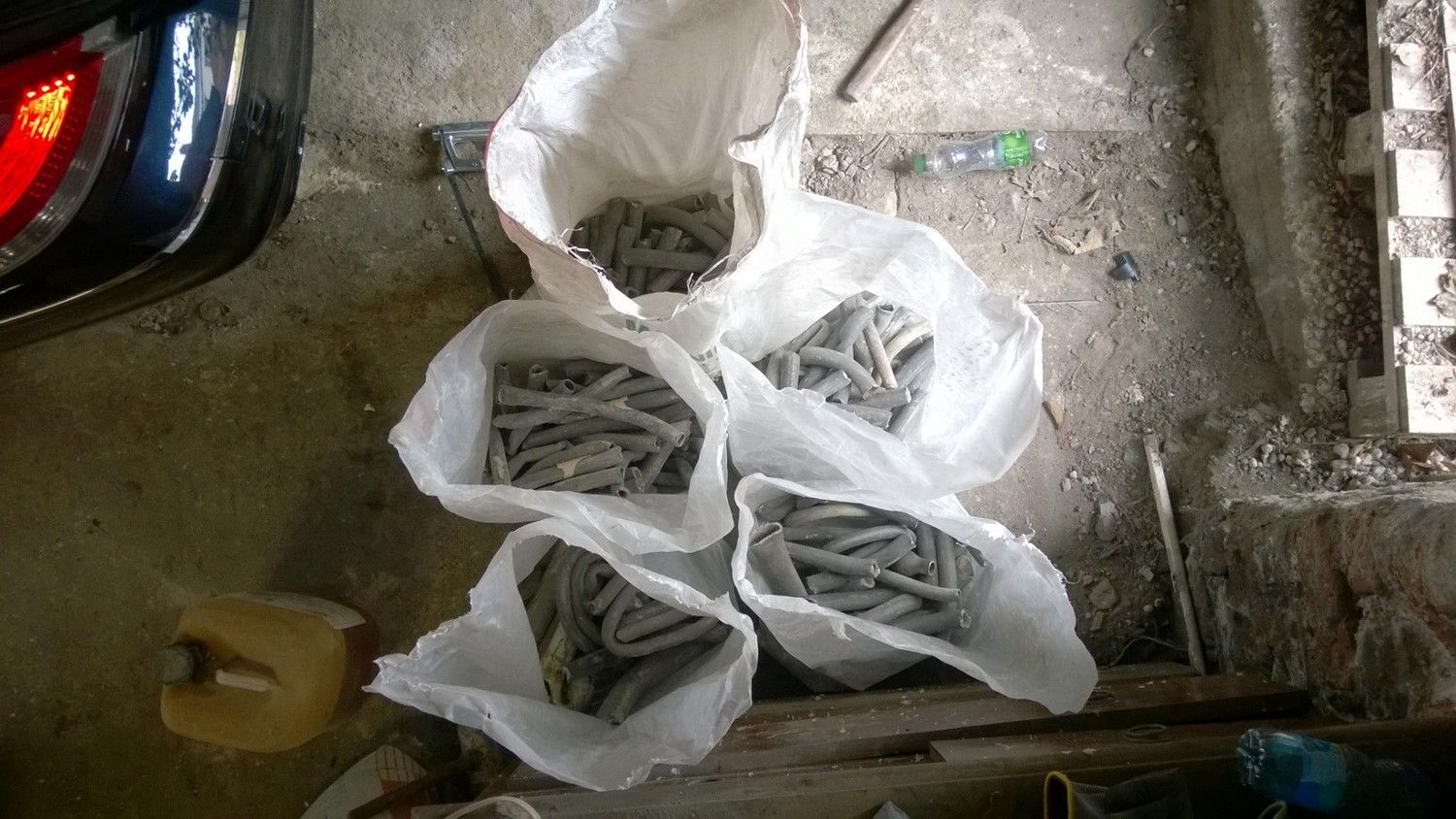
Hi Dear,
ReplyDeletei Like Your Blog Very Much..I see Daily Your Blog ,is A Very Usefull For me.
You Can see also my services..
Our range of Otterbein lime plaster are the perfect choice for listed buildings and renovation projects. We can also provide an insulating lime plaster.
Visit Now - https://limetec.co.uk/lime-plaster/
Nice blog its very interesting and very helpful. Thanks for sharing us.
ReplyDeleteQuality Plasters
hanks so much for the advice.
ReplyDeleteI know using site clay is ideal, but since we have harvested our own wood to build the post and beam structure, we are a bit tired, so we would rather take the easy route and use bagged clay. I've not been able to find any info on specific varieties that are good for plastering. I have seen gray ball clay recommended for the base coat, but that's about it... Perhaps you could point me in the right direction.
http://omegainteriors.co.nz/
All those wires and cables - SCREAM! I sure am no techy person - seeing such things makes me nervous, and so MANY of them too - and you have to literally dig them into the walls instead of running them in-between studs. Somehow, it seems like a desecration. Yeah, I know, silly of me. I suppose running them through some kind of "fake" wood beams created out of 3 pieces of word nailed together would not have melded with the style you were going for.
ReplyDeleteNice Post...
ReplyDeleteI'm having very interesting information regarding Gypsum Plaster Manufacturer in India, Best Cement company in India and Acrylic Wall Putty!